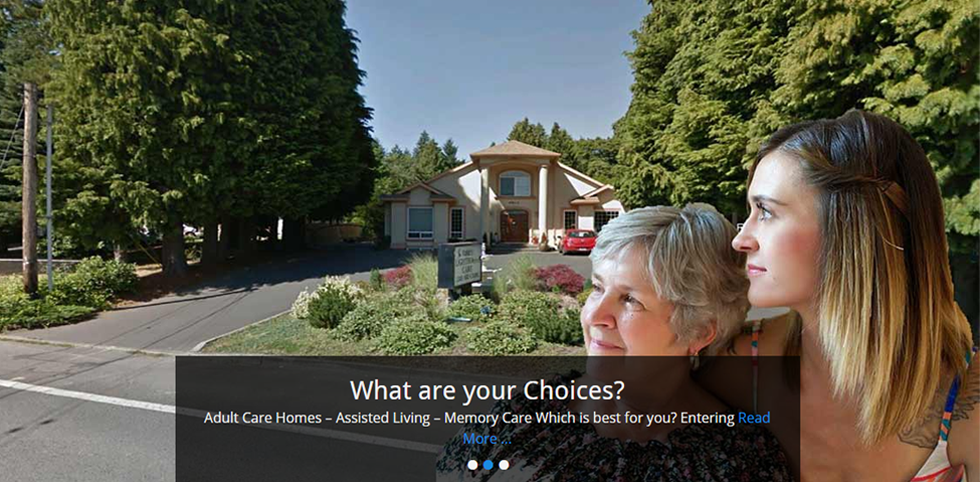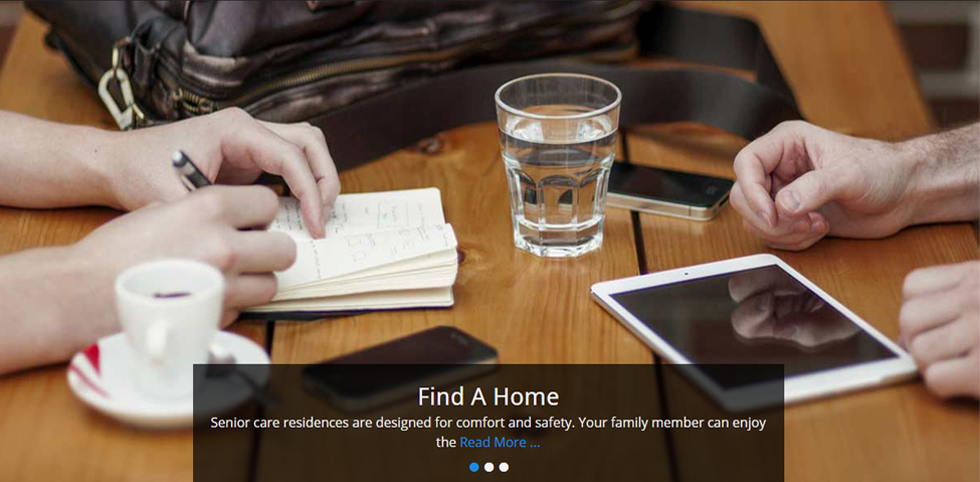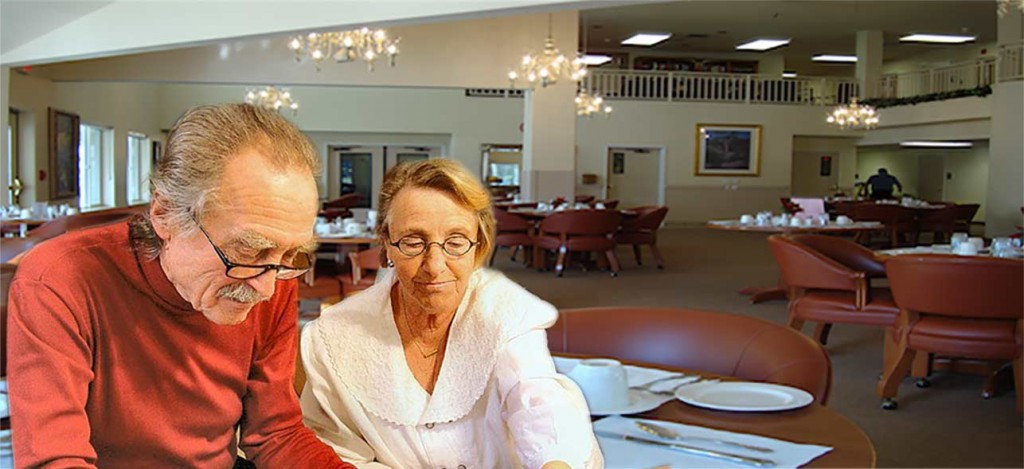Assisted Living currently has more than a million Americans living in an estimated 20,000 assisted living residences. Oregon has many fine assisted living facilities for individuals with very diverse needs, from relatively independent seniors and other adults, to persons with advanced stages of Alzheimer’s Disease and other forms of dementia, developmental disabilities, physical disabilities, mental illnesses, traumatic brain injuries, alcohol and drug addiction, and those in the correctional system.
Assisted living residences can range from a high-rise apartment complex to a family residence to a converted hotel. Residences may be free standing or housed with other residential options, such as independent living or nursing care. Non-profit or for-profit companies may operate them. There is no single blueprint, because consumers’ preferences and needs vary widely. Units may vary in size from one room to a full apartment.
Assisted Living in Oregon is licensed to protect the elderly and set standards of excellence. Most providers and their staff have special training as a result either of state requirements or company policy.
Residences must comply with local building codes and fire safety regulations. ALFA believes the most successful regulations are consumer driven, balancing the safety concerns we all share with the consumers’ desires to retain their independence and freedom of choice.
Assisted Living Services typically provided in assisted living residences include:
- Three meals a day served in a common dining area
- Housekeeping services
- Transportation
- Assistance with eating, bathing, dressing, toileting and walking
- Access to health and medical services
- 24-hour security and staff availability
- Emergency call systems for each resident’s unit
- Health promotion and exercise programs
- Medication management
- Personal laundry services
- Social and recreational activities
Assisted Living Costs vary with the residence, room size, and the types of services needed by the residents. Monthly basic fees can range from $2,000 to $6000 based on the place and amount of care required – generally less than the cost of home health services and nursing home care. A basic assisted living fee may cover all services or there may be additional charges for special services. Most assisted living residences charge month-to-month rates, but a few residences require long-term arrangements.
The cost of Assisted Living is usually paid by the Residents or their families generally from their own financial resources. Depending on the nature of an individual’s health insurance program or long-term care insurance policy, costs may be reimbursed. Federal assistance for assisted living residences has been limited. If financially qualified, residents who receive Supplemental Security Income (SSI) or Medicaid may receive a form of an additional payment from the state under a Medicaid waiver programs to help pay for assisted living services. There may also be Veterans benefits available.





